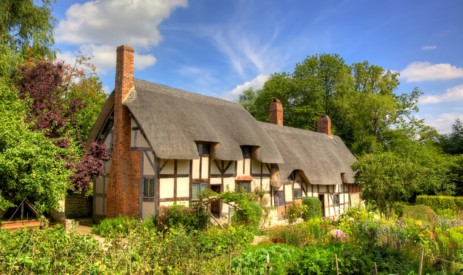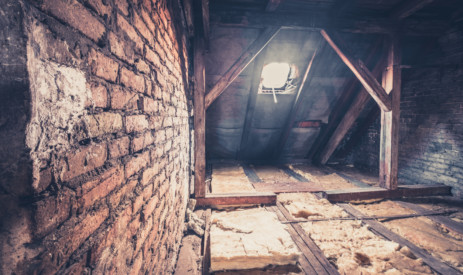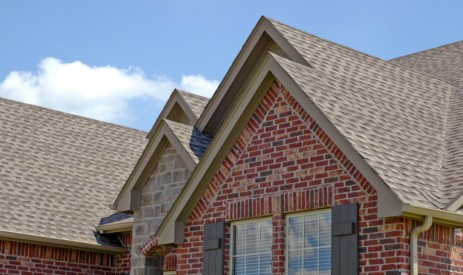What Is The Best Conservatory Roof Material?
Is your conservatory freezing in winter and scorching in summer? If you’re starting to feel that it’s taking (in energy bills) more than it’s giving (in functionality), it might be time for a new conservatory roof.
Thankfully, roofing materials have come a long way in the last decade – and since 2010 conservatories no longer have to be 75% translucent to comply with building regulations. Here is a look at the most popular conservatory roofing options and the advantages and disadvantages of each.
Picture your perfect conservatory
First, it’s a good idea to identify the problems with your conservatory as it is – and think big about how you’d prefer it to be. Would you like to transform your conservatory into something like an extension of your house – that isn’t an extension? Or do you want to keep it as a sheltered space that gets flooded with natural light and lets the outside in? Maybe your elderly and grubby conservatory roof is simply overdue a replacement – as cheaply as possible? Envisage the end goal before you begin planning.
Glass roof or polycarbonate?
Although it is more expensive than polycarbonate, glass is generally considered to be the superior choice when it comes to conservatory roofing. This is because it’s a much better insulator, meaning it keeps your conservatory cool in summer and warm in winter – plus it generally looks more sophisticated. But that doesn’t mean polycarbonate should be ruled out altogether. If you need to go cheaper – you can rest assured that it will still let in plenty of natural light. You may just need to invest in a portable heater for those chilly winter months!
Is PVC a good conservatory roof material?
There are pros and cons of using PVC, but, if you have no grand plans for your conservatory – and little budget for the job – a new roof made from PVC is the cheapest to buy and install. You can count on this material to let in natural light, not require much maintenance and last for up to 20 years. But although PVC is the most affordable roofing material, it can be a false economy. Poor thermal performance could well cost you more down the track in energy bills. Then there’s the environmental fallout. While some parts of the PVC can be reused, much of it can’t and will most likely linger in the landfill for centuries. Weigh up what is more important to you.
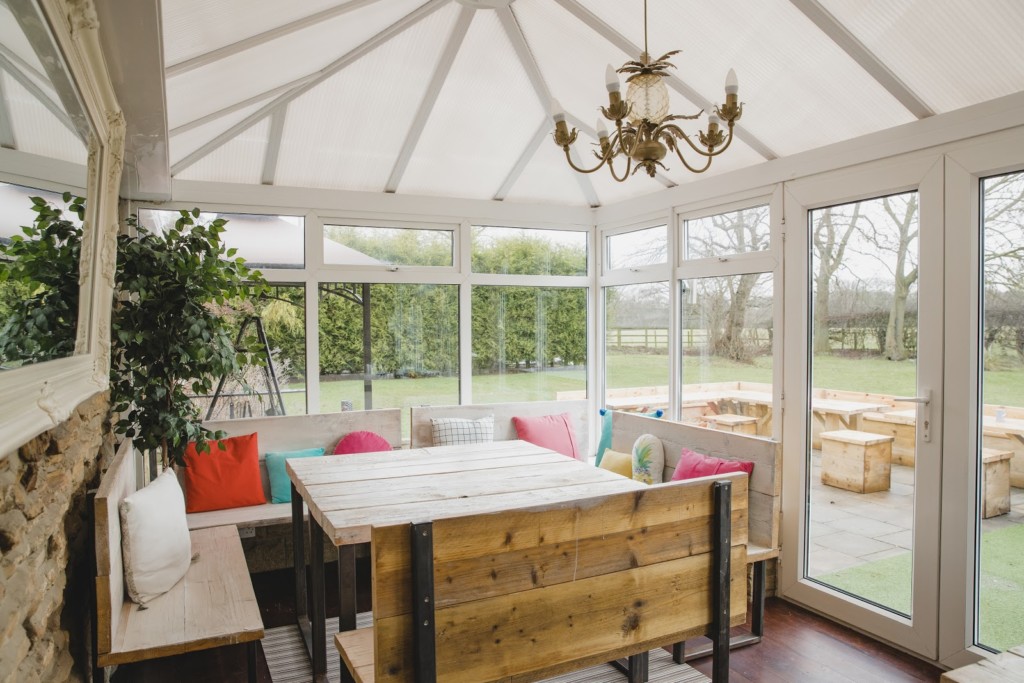
A glass act: glazed or not?
If your conservatory is a place where you love to sit and watch the clouds or stargaze, a fully glazed roof is more durable than PVC and should last for decades. They’re also comparatively easy to install.
But while – thanks to advances in technology – ‘glass roof conservatory’ no longer translates to ‘greenhouse’, as a roofing material glass still doesn’t perform very well at its main task – keeping the space at a pleasantly even temperature.
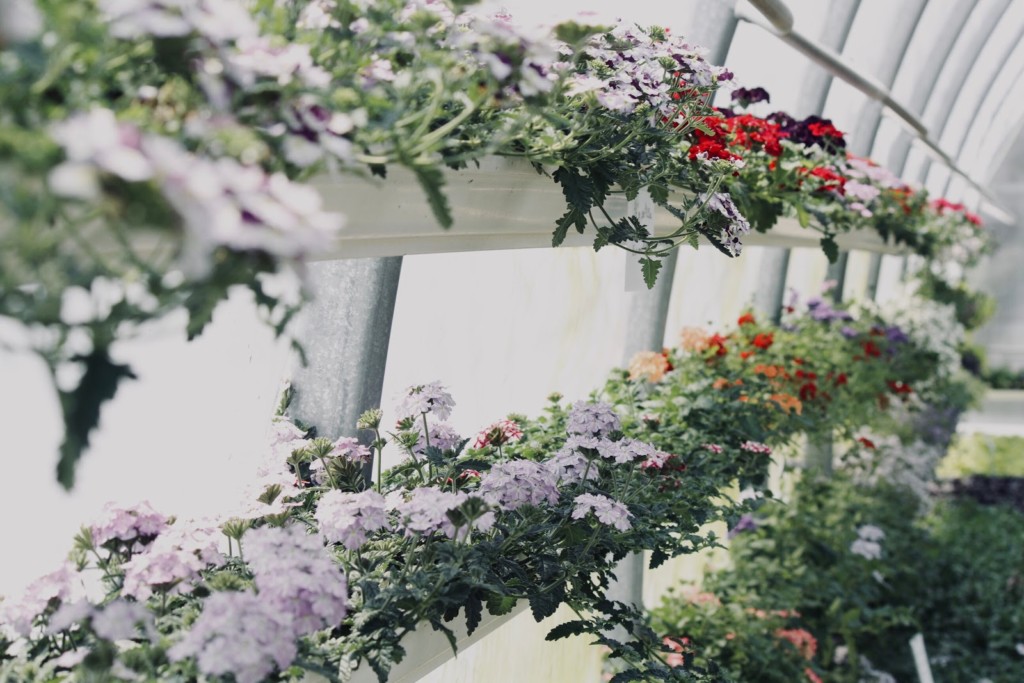
Tiles that beguile
If you want to turn your disused sunroom into a new room just as warm as any other in the home, tiles are another conservatory roofing option that could be worth considering.. Many people are opting to fit a tiled ‘warm roof’ on their conservatory as a way to extend their home without getting an extension.
‘Warm roofs’ are made from a lightweight aluminium frame overlaid with tiles and a plastered internal ceiling – and can include skylights and Velux roof windows for natural light. Most importantly, their thermal rating is better than the average house roof.
Tiled conservatory roofs are usually topped with synthetic tiles – defined as those weighing under 20kg per square metre – as most conservatory structures cannot withstand heavyweight roof tiles such as concrete. Lightweight tiles are usually cheaper, easier and quicker to install than heavier tiles – and safer if you’re DIYing, so bear this in mind. They’re also a more environmentally friendly choice due to fewer (Co2–producing) van trips needed to transport their lighter load.
The two leading brands of lightweight conservatory roof tiles are imitation slate tiles made by Tapco Slate (UK) and metal shingle tiles made by Metrotile (Belgium).
Tapco tiles mimic the irregular texture and edges of natural slate. They come in 20 colours and are made from recyclable plastic and limestone. Metrotile tiles are made from pure steel, which is highly resistant to both general wear and tear and harsh weather conditions and reflects heat from the sun to retain warmth. If you want to invest in a conservatory roof which gives the space a combination of warmth, light and all–year–round usability, the gold standard is a ‘hybrid’ conservatory – made from a solid vaulted roof with an insulated aluminium frame and energy-efficient glass panels.
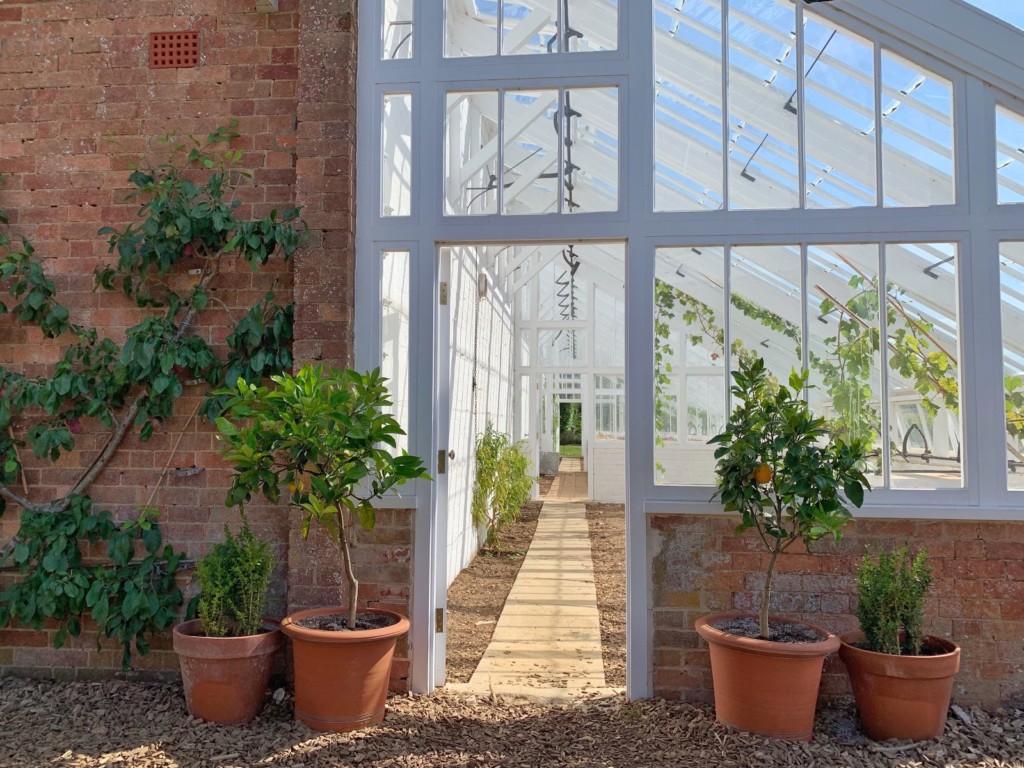
Some things to consider before you decide on a new conservatory roof – lightweight or tiled:
- It’s been said before, but the beauty is in the eye of the beholder. Do you want your conservatory to still look like a conservatory or are you happier for it to resemble a home extension from the outside?
- Does your PVC or glass conservatory light up the adjoining room? A new solid roof on it can change the feel of the house.
- PVC and glass conservatories aren’t a huge selling point on a house. Do you want your conservatory roof to add value to your home?
- Most new‐build conservatories will not need planning permission – but you still need to comply with building regulations.
- In order for your re-roofed conservatory to be classed as a conservatory and not an extension, it will have to be separated from the main house with good-quality external walls, windows and doors that meet building regulations. It will also need to have an independent heating system.
To get an accurate idea of the overall cost of a new conservatory roof, a professional opinion is the best bet. They will factor in:
- The type of replacement roof frame (timber, aluminium or PVC)
- The type of tiles you’re using
- What’s involved with removing the old roof
- Any internal work (lighting, wiring, ceilings)
- Whether structural reinforcements are needed to meet building regulations
Whatever you go with your new conservatory, it should be a place for you to kick back and relax, whether that be soaking up some rays, or gazing at the stars.
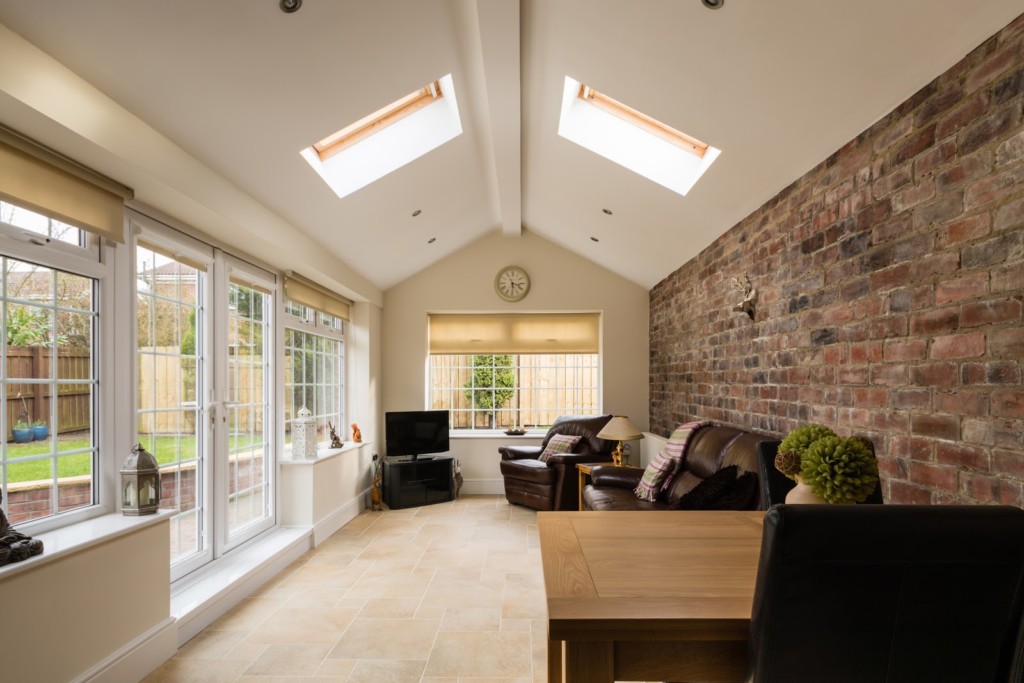
Related articles
Copyright © 2000-2025 Rightmove Group Limited. All rights reserved. Rightmove prohibits the scraping of its content. You can find further details here.
